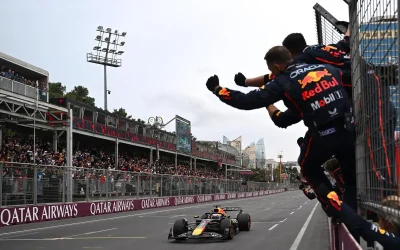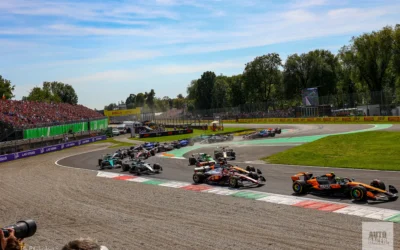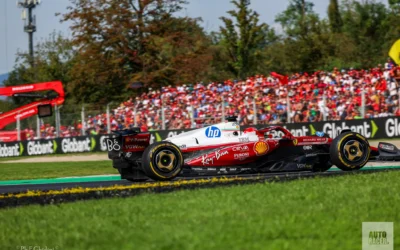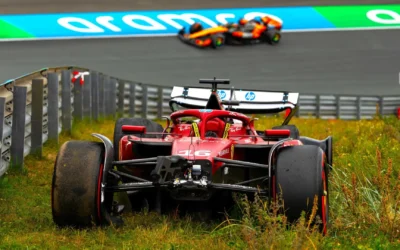The first three days of testing are an important moment for the various teams. They are useful for collecting the first useful data on track and analysing the winter development work.
While Ferrari has heavily revolutionised its project compared to 2024, McLaren also needs to confirm some of their ‘courageous’ changes. As for Mercedes and Red Bull, both want to verify they are on the right track to solving last year’s problems.
The RB21 has shown that it has changed some fundamental parts of its architecture. Interventions on the cooling system are present, to free up space to be used to find aerodynamic advantages.
Red Bull are pleased with their test so far. Technical Director Pierre Waché confirmed this yesterday:
“We will have some new parts, but it will not be anything radical”.
Helmut Marko’s words convey optimism and today Max Verstappen will level the RB21’s performance
Yesterday was particularly difficult to decipher due to the very particular conditions in Bahrain. Teams were met with track temperatures at historic lows, around 13-14°C. This made the circuit easier to navigate because it was less ‘limited’ on the rear and less aggressive on that axle in terms of degradation.
Yesterday McLaren impressed but the Team Principal himself, Andrea Stella, tried to lower expectations a little by talking about “very particular conditions, on a track that is already atypical in itself.“
At Red Bull it was Liam Lawson’s day in the car. he was limited in the morning by a problem with a radiator (liquid leak) on his RB21, as well as by the drizzle that fell on the Shakir circuit.
The Milton Keynes car seems to have given positive feedback in the low temperatures of the second day of running. Helmut Marko has also showed some optimism.
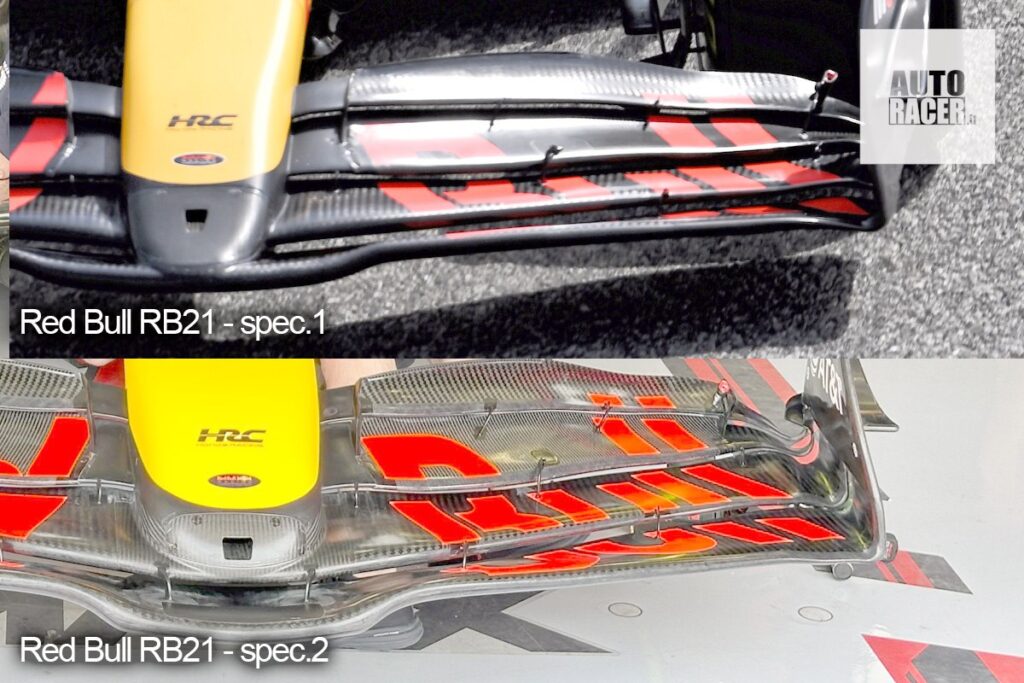
“I confirm that the car is more predictable than last year and the operating window has increased,” said Helmut Marko, praising in particular the long runs done by Max Verstappen on the first day, which were among the fastest.
Lawson’s work yesterday was positive, but Marko underlined that Verstappen remains the team’s benchmark.
“This car does what I want,” said the world champion at the end of the first day. Then again, so far in Day 3, there have been some issues with the RB21’s balance.
The 30°C track makes today the first real test of pre-season – because the track is now much more limited at the rear. If already on the second day we noticed some cars a bit unstable at the rear, today everything was accentuated by the true characteristics of the Sakhir circuit.
However, as also stated by Stella, it is more a characteristic of the track than of the cars themselves.
Red Bull introduces modified front wing version
In the Bahrain pit lane it was immediately possible to notice the main innovations that Pierre Wache was talking about.
At the start of the day, the car driven by the Dutch driver was equipped with the now well-known rakes behind the front wheels, also because it was equipped with a new front wing, one of the most anticipated components on the RB21.
The main change is the nose, which has become a little shorter. This version moves more towards the philosophy already used by McLaren and Ferrari, anchoring to the second flap while the old solution saw the direct attack on the mainplane.
This is not an absolute novelty for the Milton Keynes team. It was the team’s 2022 package that first showcased this trend.

A shorter nose manages the flows towards the entrance of the Venturi channels differently, increasing the air flow towards the rear. Like every choice, there are pros and cons, and this solution sacrifices a bit of efficiency in favour of overall aerodynamic load.
This solution was brought to the track only for the very first morning runs, collecting data with rakes and doing a back to back at constant speeds between the old and new specifications.
There is also a new feature on the central area of the engine cover, where a ‘Ferrari-style’ vent appears, also used by McLaren on the MCL39, which creates a blow of hot air on the terminal area of the cover where the downwash effect begins that directs the flow towards the beam wing and the upper part of the diffuser.

